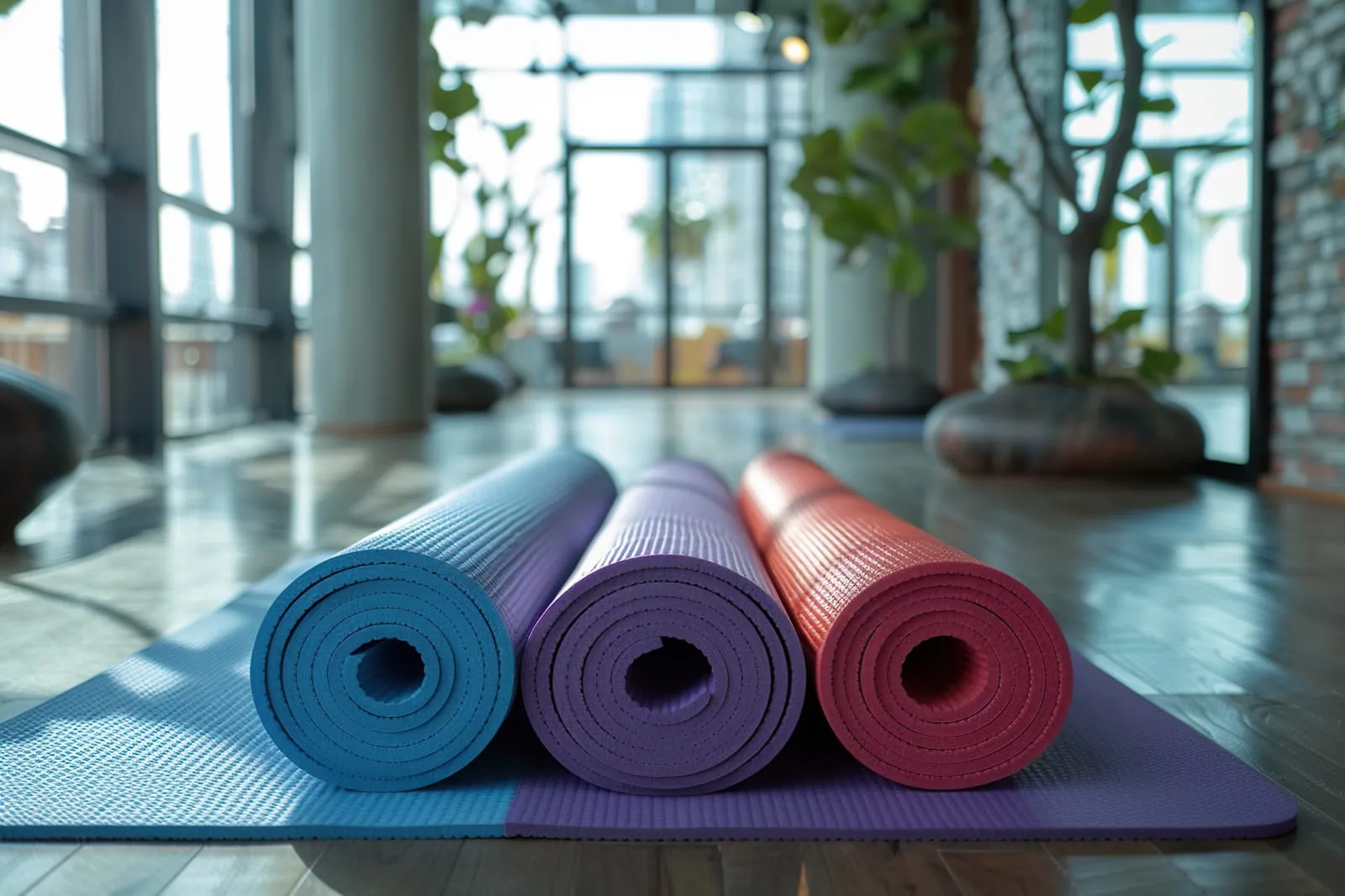
Transforming Spaces – How to Set Up the Perfect Room for Yoga and Meditation
Creating a dedicated space for yoga and meditation in your home can transform your practice, offering a sanctuary for mindfulness, reflection, and physical wellbeing. Whether you’re a seasoned yogi or just starting out, setting up a yoga room tailored to your needs will help cultivate a peaceful environment that supports your personal journey. In this post, we’ll guide you on how to set up a yoga room that fosters balance, tranquillity, and focus.
Choose the Right Space
The foundation of setting up the ideal yoga or meditation room is choosing the right spot in your home. Ideally, you want a quiet, undisturbed area where you can practice without distractions. Look for a room that receives natural light, as this will enhance your mood and energy during practice (if natural light isn’t an option, consider soft, ambient lighting to create a calming atmosphere).
Spaces near windows or with a view of nature are great choices, as they can connect your practice with the outside world, adding to a sense of peace and grounding. However, no matter the size of the room, it’s essential that the space feels private, quiet, and sacred.
Declutter for Tranquillity
When it comes to how to set up a yoga room, simplicity is key – a cluttered room can distract your mind and disrupt the flow of your practice. Clear out unnecessary furniture and items to create an open and inviting space. Minimalism is your friend here; keeping only the essentials will allow for more physical and mental space during yoga or meditation.
Consider adding storage solutions for your yoga mats, blocks, and blankets, so they’re accessible but neatly tucked away when not in use. By keeping your yoga room organised and clutter-free, you’ll be able to focus entirely on your practice without the distractions of everyday life.

Create a Soothing Ambiance
The atmosphere of your yoga room should invite relaxation and peace. Natural elements like wood, plants, and earthy colours can help bring a sense of calm and connection to your space. Opt for soft tones like whites, creams, soft greens, or light blues – colours known to induce relaxation and clarity.
Incorporating nature into your space can further deepen your connection to mindfulness. Indoor plants, bamboo accents, or even a small water feature can promote tranquillity and balance. For those who prefer a more spiritual or traditional touch, adding candles, incense, or essential oils can enhance the meditative ambiance.
Consider the Flooring
Comfort is crucial when setting up a yoga and meditation room – hardwood floors are a popular choice for yoga rooms as they are smooth, natural, and allow for easy movement. That being said though, any firm and even surface will do, as long as it supports a yoga mat. For meditation, you might prefer a plush rug or soft floor cushions to sit comfortably for extended periods. Ensure that your flooring accommodates your style of yoga – if you practice hot yoga or any vigorous form of yoga, slip-resistant flooring or mat surfaces are ideal.
Incorporate Sound for Focus
Sound can play a pivotal role in enhancing your practice. Whether it’s through calming background music, Tibetan singing bowls, or simply the sound of a quiet breeze through an open window, the auditory environment of your yoga room should help you focus and relax.
For meditation, many practitioners opt for soft instrumental music or nature sounds. You could also incorporate chimes, gongs, or sound bowls into your space to add a deeper layer of mindfulness.
Personalise Your Space
While a yoga room should be calm and minimalist, adding personal touches can make it feel like your own sacred space. Consider decorating with artwork or meaningful objects that inspire mindfulness, such as statues, crystals, or personal mementos. These small touches can serve as reminders of your intentions and goals during practice. You might also want to add mirrors to your yoga room to help you check your form during asanas (postures), but just try to set them up in a way that doesn’t feel intrusive or distracting.

Prioritise Air Flow and Freshness
Fresh air is essential for yoga and meditation, as it helps you breathe deeply and clearly. If possible, choose a space with windows that can be opened for ventilation. If natural air flow is limited, consider adding an air purifier to keep the room fresh and free of allergens or dust. Scent is also a powerful tool in creating the right environment – essential oils like lavender, eucalyptus, or sandalwood can be diffused to promote relaxation, focus, and mental clarity. However, ensure the scent is subtle, as overpowering fragrances can be distracting.
Integrating Technology Thoughtfully
While yoga and meditation often emphasise disconnecting from technology, integrating it thoughtfully into your space can be beneficial. If you follow guided meditations or yoga classes online, you’ll want a setup that allows you to easily view your screen without it being a constant distraction. Consider using Bluetooth speakers for sound, or position your device in a way that keeps it out of direct sight when not needed.
The Pando Society Experience
Setting up your own yoga room is a deeply personal process; one that allows you to craft a space that supports your wellness journey. However, practicing at home doesn’t mean you have to go it alone – at Pando Society, we offer a variety of yoga, Pilates, and breathwork classes designed to deepen your practice, whether you’re at home or joining us in person. Our expert instructors are here to guide you every step of the way, offering personalised classes to suit all experience levels.
So, as you enjoy your newly created space, remember that we’re just a click away. Whether you need inspiration, guidance, or simply want to connect with a like-minded community, Pando Society is here to support your yoga and meditation journey.


